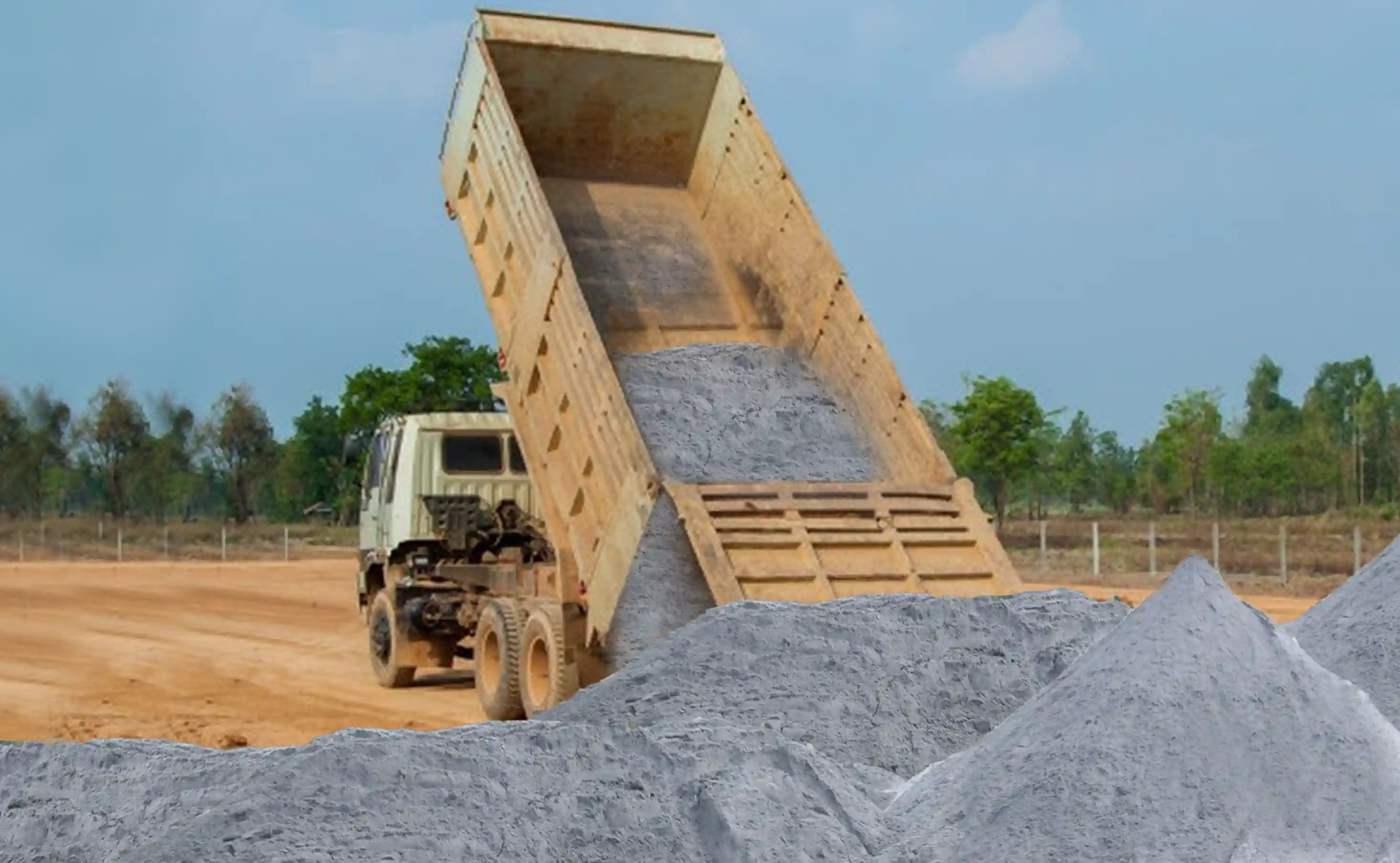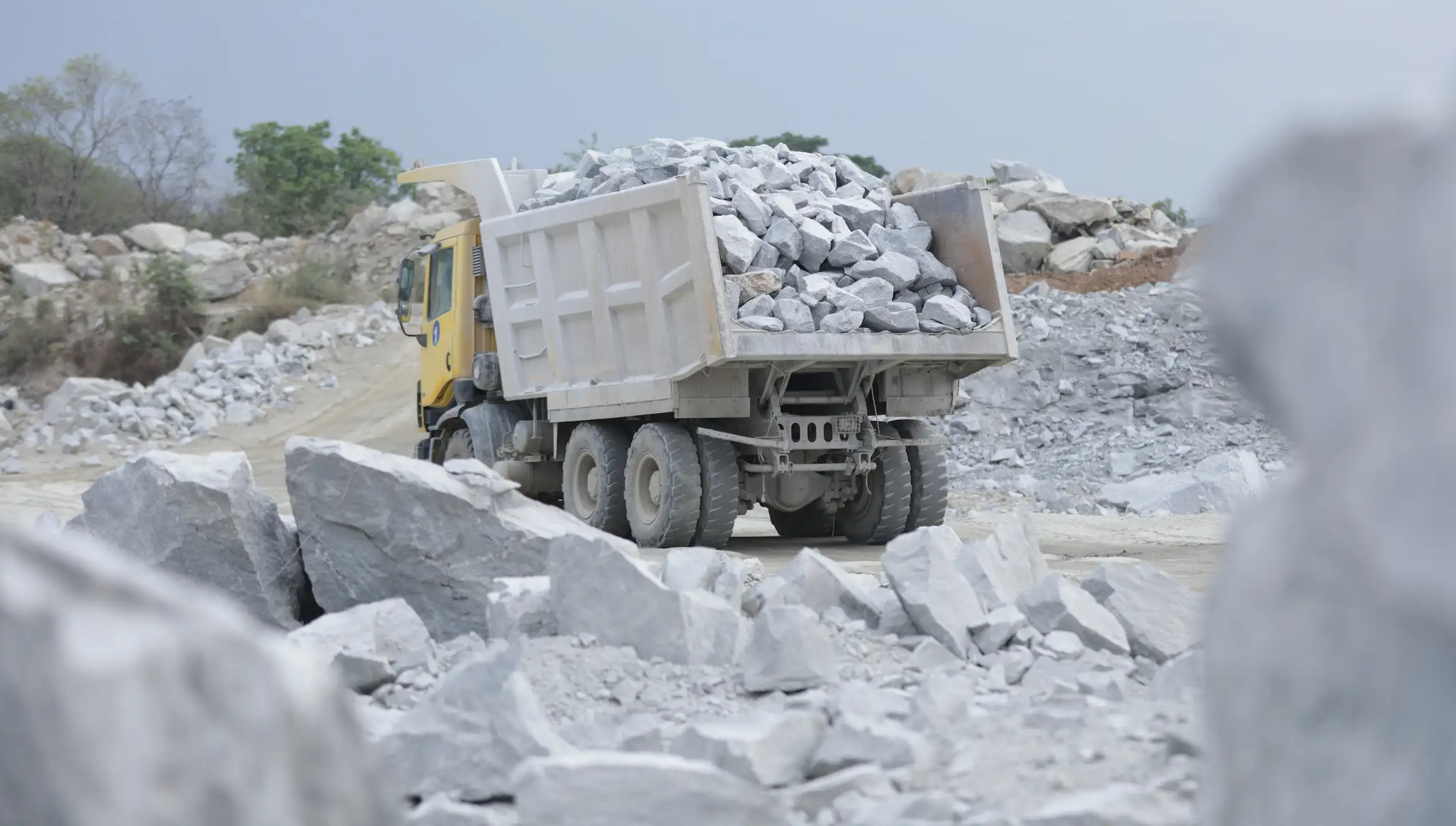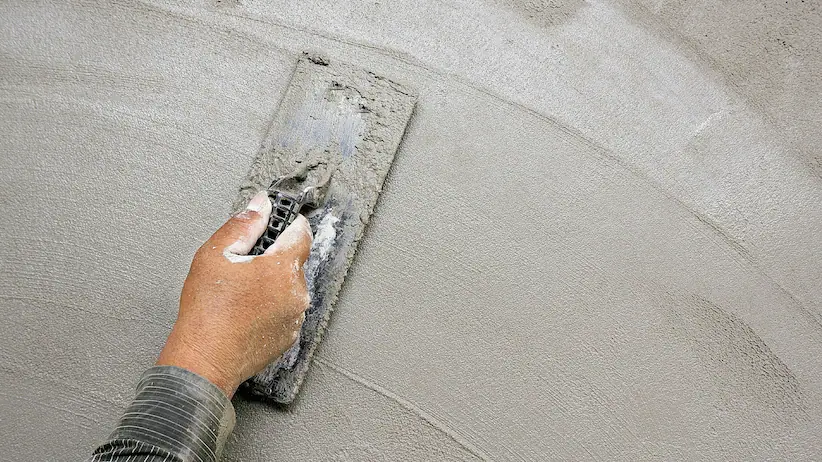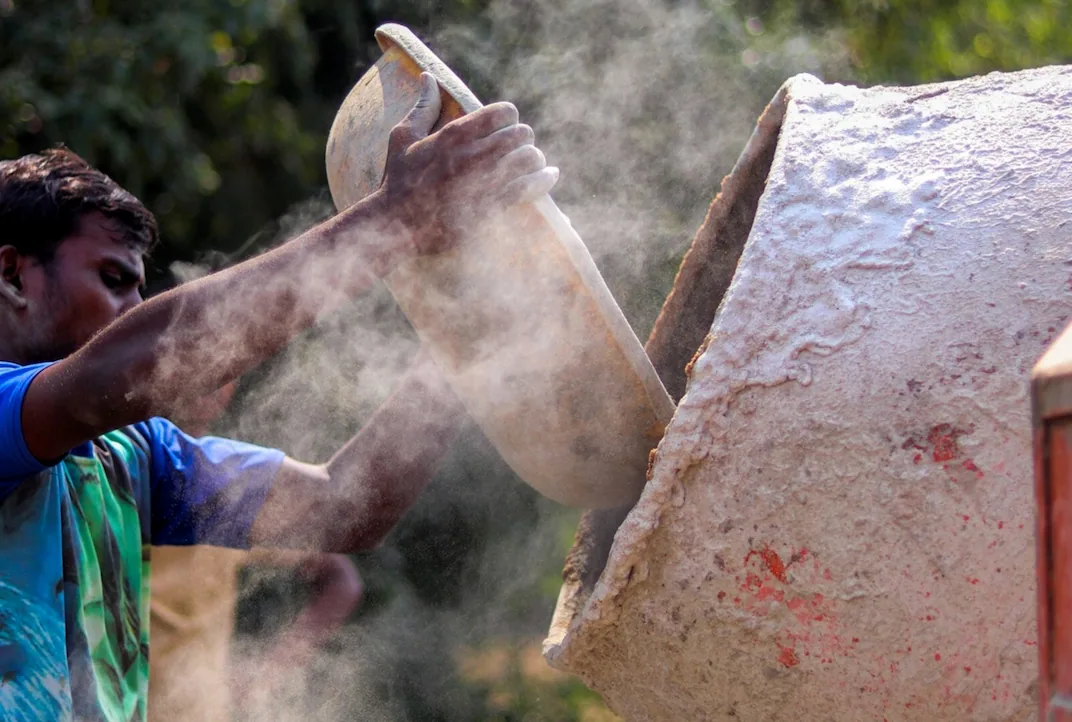
In the construction industry, the choice of sand is of the uttermost importance, as it directly impacts the quality and durability of structures. Although river sand is the go-to sand for construction, it is no longer available in most states. The government has banned river sand in most states, so manufactured sand and concrete sand have replaced river sand as the most suitable and preferred sand for construction. However, manufacturing sand isn’t the best choice.
What is M-sand? Why is it not the best choice for construction? Read this article completely to find out why M-sand should not be used and to understand which is the best sand for construction.
What is M Sand?

M Sand, also known as manufactured sand, is an artificial sand produced by crushing hard stones and passing them through a VSI (Vertical Shaft Impact) machine to produce small sand-sized particles.
Origin of Manufactured Sand or M Sand:

M-sand originated as a solution to address the scarcity of natural river sand for construction purposes. It was first introduced in Tamil Nadu and Kerala as an alternative to traditional river sand in response to the increasing demand for construction materials and concerns about environmental impact. Over time, it has gained popularity as a viable alternative for construction and concrete mixing.
Despite its growing use, M sand is not the preferred option due to certain drawbacks, which will be addressed later in this article.
Types of M Sand
To be honest, M sand does not have different types or categories. However, a misconception developed in the industry is that “M sand comes in the following different types.”
M Sand for Plastering:

Even though people use M sand for plastering, it is not recommended to use M sand for plastering purposes. According to IS code 1542:1992, the standard particle size for plastering should range from 0 to 2.36. However, the particle size of M sand falls in the range of 0 to 5mm, making it unsuitable for plastering work.
M Sand for Concreting:

Manufactured sand (M sand) and concrete sand (C sand) are mostly used in concreting. However, it is essential to be aware that there isn’t a specific type of M sand named M sand for concreting. When it comes to concrete, manufactured sand isn’t suggested, as it contains silt, dust, and other impurities that weaken the structure.
M Sand for Brick/Blocks:
However, M sand and C sand are both used in the application of bricks/blocks; there is no such thing as M-sand for bricks/blocks. Concrete sand, on the other hand, is a top choice for bricks and blocks as it increases the strength and durability of the building structure.
How is M Sand Made?
Manufactured sand is produced by crushing hard stones into small particles ranging from 0 to 5mm according to Is code 383:1970. The process of manufacturing sand takes place in 3 different stages, as explained below:
The manufacturing process for M sand takes place in three stages:
- The first step in manufacturing M sand is crushing larger stones into smaller particles using a jaw crusher.
- The output from the jaw crusher is then sent to a cone crusher, which further reduces the size of the stone to 12 and 20mm.
- The cone crusher output is processed by a Vertical Shaft Impact (VSI), which defines its size and shape, and the final output is M sand.
However, our focus is only on M sand as the output of VSI, ignoring other outputs such as Silt, Dust, and other impurities. As VSI cannot remove silt, dust, and impurities from manufactured sand, manufactured sand is not recommended for construction. However, using M sand might end up reducing the lifespan of your building.
Now that we know how manufactured sand is made. We will further learn about M sand's properties, pros, and cons of M sand.
M Sand Properties:
- M sand's particle size usually ranges from 0 to 5mm, and its shape is angular due to dust and silt content.
- M sand, while widely used in construction, falls short of improving workability and optimal packing of concrete mixtures.
- M sand does not provide much structural strength or durability. It can even make things less solid by allowing water and harmful substances to affect the concrete, causing it to become spongy.
Advantages of M sand:
- M sand is easily available in the market.
- M sand is available at a cheaper cost.
Compared to advantages, manufactured sand has more disadvantages, which we will discuss in the below section.
Disadvantages of M Sand:
Potential Problems With M-Sand Grading and Fines:
- M sand contains excessive fines; as a result, it requires more water in concreting.
- Performance of the concrete will be highly impacted because of improper gradation; gradation refers to the well-balanced distribution of particles ranging from 150 microns to 5 mm.
- Using M sand can increase the building's dampness and contribute to crack formation over time.
- The durability of the concrete is impacted by dust and silt.
How to Overcome the Disadvantages of M Sand?
We can overcome the disadvantage of M sand with the help of C sand. As concrete sand has all the properties that satisfy all the requirements given by IS code-383 2016, C sand is the most preferred and suitable sand for construction.
You should be very careful while choosing the sand and where you buy the sand because few sand suppliers in the market sell double-washed M sand as C sand.
Note: Click here to know more about the best M-Sand supplier in Bangalore.
Now, let’s explore where you can find the best quality C sand in Bengaluru.
Are You Looking for the Best C Sand Available in Bangalore?
Look no further than Alpha C sand, your one-stop shop for high-quality concrete sand. Alpha Sand is proud to offer rigorously processed C sand with exceptional quality and unique features. Our C sand is superior to the competition as it is 100% silt-free and finely graded, ensuring maximum durability and strength for your construction.
It's always been challenging to secure your home with good quality sand, and Alpha Sand offers one-on-one free consultations. Click the link to find out more.
Conclusion:
We hope this article has given you a clear understanding and insight into manufactured sand and why it’s not the best choice for construction. By now, you should have a clear grasp of the reasons behind the limitations of M sand. If you are taking on construction projects, remember the insights and information shared here to make informed decisions that ensure the strength, durability, and quality of your building.
Blog Faq's
1. Is M sand good for construction?
This consistency in quality makes M-sand ideal for construction applications that require a consistent and reliable material. Better shape and gradation: Manufactured sand has a better shape and gradation compared to river sand, which is often round and smooth.
2. Which type of M sand is best for concrete?
M sand for concreting: This type of M sand is used in concrete. The granule thickness or the sieve size is 150 microns – 4.75 mm. It conforms to IS Code 383:1970